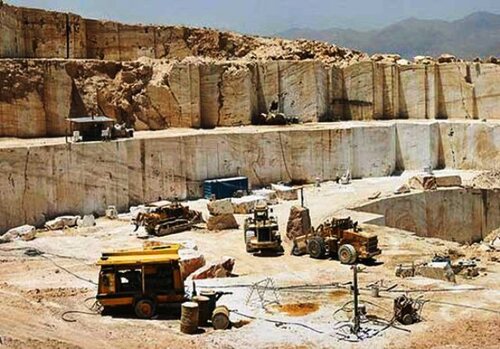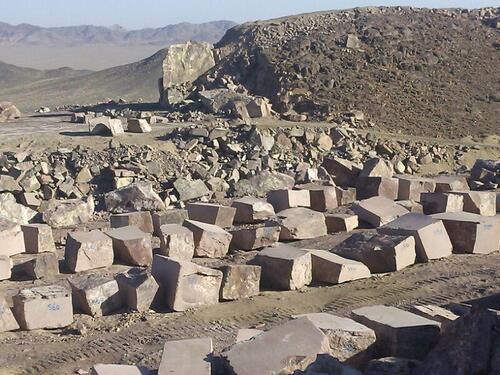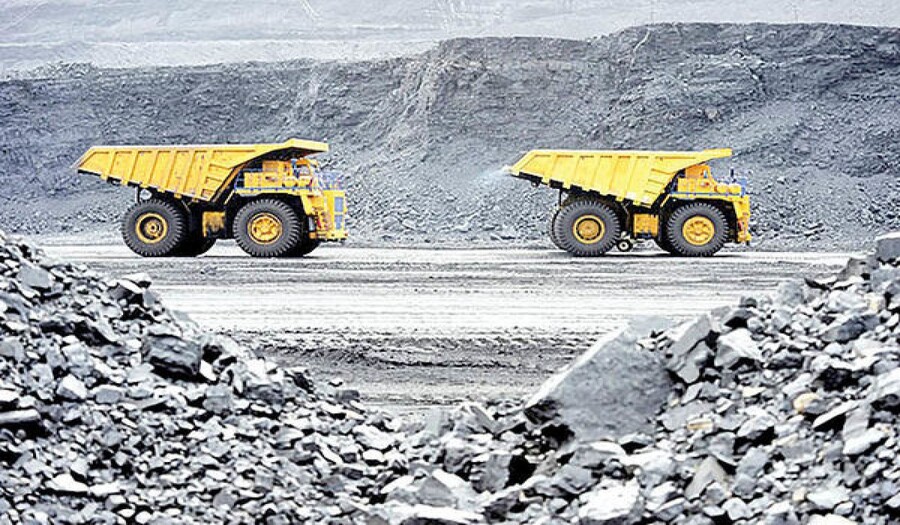Urmia province in East Kurdistan is one of the richest provinces in Iran and East Kurdistan. There are more than ten sorts of minerals in this region that have become an economic source but all this benefit is not spent on Urmia province and the government has not been successful in developing this province.
The Ministry of Industry, Mine and Trade’s latest statistics show that Urmia province possesses more than 70 million tons of decorative mineral stones apart from gold and other high-priced minerals. A little portion of this sort of stone has been extracted and it is sold out in the market but a large portion of it is still underground. These kinds of stone include crema marvel, travertine, granite, Carrera, and some other kinds.
Urmia province is capable of producing two million and five hundred thousand ton of these kinds of stones annually however, only one million and three hundred and fifty thousand ton of them is extracted. In the total amount of all these kinds of stones that are extracted 10% is crema marvel, 8% is granite, 5% is porcelain, 49% is Carrera and 28% is travertine.
One of the obstacles for the Urmia mine industry is that the raw material should be transported to other provinces to be transferred into what can be used in the market.

Although five thousand and 289 people have been employed in these mines and the amount of profit they make is about 573 billion tomans, however, the province’s welfare is rather low with all these mines that exist in the region, there should be no unemployed person in this province.
There are three workshops in the north, south, and middle part of this province that can cut the stones in different shapes and sizes but they are not enough to supply the market needs thus most of the mined stones should be transported to other provinces. This should have been vice versa because the number of mineral products extracted in the other provinces are exported to other countries from Urmia.
Urmia has common borders with three neighboring countries, and being located on the way to Europe is among the important characteristics of this province but since the government has considered this region as a threat to the security of the country, they have not let the region develop the infrastructures. This has led to the lack of workshops in the region and the transportation of raw materials to other provinces.
According to the latest statistics of the Ministry of Industry, Mine and Trade, 523 mines exist in different cities of Urmia province of which 65% are active and officially produce minerals and they make a total amount of 18 million- and 390-thousand-ton mineral for the market annually. For instance, Mahabad produces half of the need for Baryte in Iran and sends 110 thousand tons of Baryte to the market every year.

The statistics show that about 8% of the total amount of Mine stones in Iran belong to decorating stones and the development of this part can create excellent employment opportunities.
Abdul Hamid the head of the Urmia Industry, Mine and Trade office told the governmental media that if the whole potential of the workshops for decorating stones are applied, Urmia province would be able to produce 10% of decorating stones globally.
One of the obstacles that make it difficult for the mineral industry is that the government has not provided the infrastructural requirements yet and the roads leading to these mines are not built. They do not have facilitated the workers with loans and mortgages to make them able to build their workshops.
There are 68 kinds of minerals found in Iran’s mines and 51 kinds of them are found in Urmia province. Of these 51 kinds of minerals 31 sorts are being extracted and 20 sorts have begun to be extracted. Besides the decorating mine stones, there are high-priced minerals like gold, silver, titanium, baryte, iron, copper, and other sorts, too.
It is true that Urmia has a high rank in agriculture and trading, but the economic experts believe that Urmia can develop much faster with its mines and the people of this region can have better life qualities and even enhances the whole country’s profit. The problem is though that this province like other provinces in East Kurdistan has been marginalized and the officials of the provincial departments have come to plunder the region rather than develop it.










